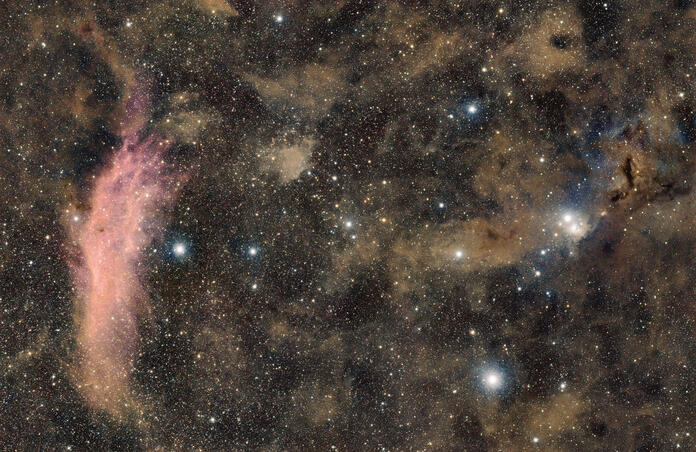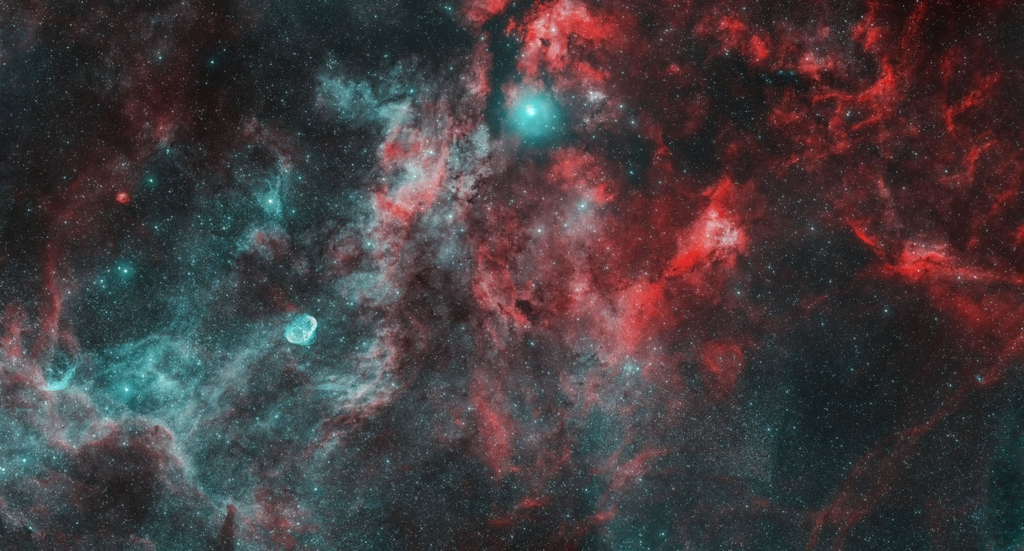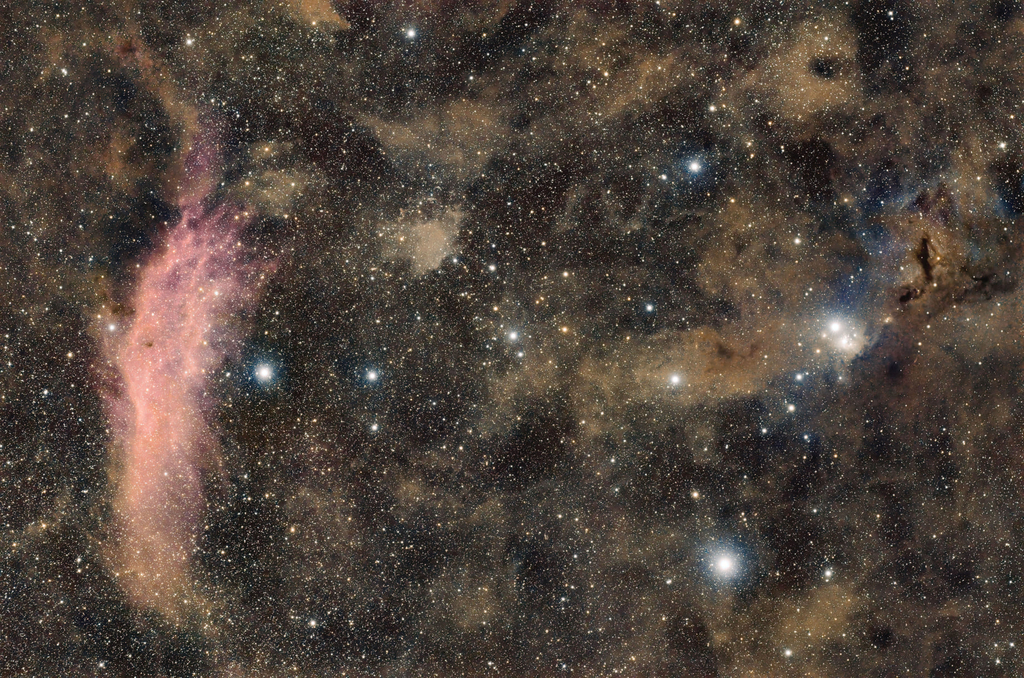Some tips on DSLR astrophotography

Today I am going to talk about how many of us get our start in astrophotography, imaging with a DSLR, and various modifications you can do on them. While I know the data we can collect with them is nothing compared with what we get at Telescope Live we all had to start somewhere!
When I image with a DSLR I use Pentax cameras, and in fact, even though I have multiple dedicated Astro cameras I still use DSLRs too. Then again I can run 10 full rigs at the same time if I feel like being a glutton for punishment. Anyway, many of us got our start and still use DSLR cameras for imaging.
Now there will be people who argue about what brand is best, and generally people will steer others toward the brand that they themselves use, but to be honest any newer DSLR (or mirrorless) should have the capability of doing a good job as long as it doesn't get too warm. Yes, you can use Pentax like me, but you can also get great results with Sony, Nikon, Canon, Fuji, etc. as well. Some have stronger blocking in the HA range than others do.
Pentax generally has fairly weak blocking in that area so can pick up some of the Ha even unmodified, but it still will not do as good as a camera that has been modified to pick up that stuff. Also, Pentax cameras have done away with the AA filter for a long time, so that isn't a worry there. My Pentax K3, K1, and K1ii are all unmodified cameras. If you have your camera modded that is one thing you probably want to get rid of as well, and I think most places that do it get rid of it.
Some do a full spectrum modification. My Pentax K-01 has this modification. This is a great mod if you're doing full spectrum photography, UV photography, and IR photography, but it isn't the best idea for astrophotography. The reason why that is, is that most telescopes have some sort of refracting element in there, something type of glass, whether it is a corrector of some sort or even the whole telescope itself. Unless you get a super apo telescope or one that is a pure mirror type with no correctors, most telescopes aren't made to focus light in the UV range perfectly with R, G, and B.
You know how if you shoot through an achromat, semi-APO, or even an APO that is either a doublet or a triplet with a cheaper glass like FCD1 or FPL51 or FK61 and you get those annoying blue or purple fringes? That's what you get in the IR range with a full spectrum camera. It gives star bloat and it can ruin an otherwise good image. Even many camera lenses are not good for this because of the same reason. So, if wanting a camera mod I'd steer you away from a full spectrum mod unless you make sure to put a UV-IR cut filter in the adapter you're using. Your dedicated OSC astro cameras generally have to do the same thing unless they have an IR cut filter installed in them.
Another common mod is an Ha or Astro mod, which not only allows Ha through, but Sii through too... Both Nikon and Canon have actually come out with cameras with this modification from the factory and marketed as astrophotography cameras. My Pentax K5 has this modification. There are many places that will do this modification to your camera if you do a search online for them. You will see a difference right away when shooting an object that is rich in Ha such as the California Nebula, the IC 405 and IC 410 area, or all the stuff in the Cygnus area from the North American Nebula to the Veil Nebula.
This is a modification I highly recommend because it will still work fine with your telescopes and with your lenses. Most of the telescopes we use in this hobby and most lenses are made to focus visible light together at one spot, and Ha falls into that range. Another great benefit of this is that you can use a dual narrowband filter and get all your Ha and Oiii that comes through in the ranges the filter allows. You can even use normal NB filters one if you want to.
If using filters you will need to understand that with a DSLR you generally have an RGGB layout, so anything in the red or blue range will only gather those photons about 25% as fast as a good mono camera, and in the green range about 50% as fast. That is basically the same with an OSC astrophotography camera, and people do this and get great results.
Of course, you're not getting the benefits of cooling like you do with most Astro cameras, but then again you are getting the benefit of not needing a computer in the field if you don't want to bring one. You can even get stand alone autoguiders that will do dithering and camera shutter control such as the MGEN II and MGEN III.
With a DSLR or mirrorless, a good go-to mount with a good optical polar alignment scope, and a good stand alone autoguider you can completely ditch a computer and the power requirements of said computer, going fully independent with batteries to power everything and using the hand controller to find your targets. This makes it easy to go all night long when heading to a remote dark site.
With all that being said, you're not going to get the quality that most modern dedicated astro cameras will get, especially of going mono. You will not have darks that are truly matched to your lights like you do with a dedicated cooled astro camera. In fact with a DSLR that has a good modern sensor you are better off not using darks in many cases. You will also find that doing planetary imaging will be a challenge compared to a camera made for it because you simply don't have the control or the ability to do a ROI on a DSLR or mirrorless that you do on a dedicated camera. Still, even with that said you can get great results.
And since I already know what everyone here would like to see, how about an image from some of the Telescope Live data? I will post a mosaic I did using the data from the Sadr Region, Sadr Nebula, and Crescent Nebula from SPA-1 and SPA-3. Ohh, and I will toss in a recent image I did with one of my DSLR (unmodded Pentax K1ii and a WO Redcat) cameras at a dark site too.
I am interested in what you think about DSLR Astrophotography, and if you do it what you use. Also feel free to post something you've done with a DSLR in the comments!


This blog post was originally published in our Telescope Live Community.
The Community represents Telescope Live's virtual living room, where people exchange ideas and questions around astrophotography and astronomy.
Join the conversation now to find out more about astrophotography and to improve your observation and post-processing skills!
